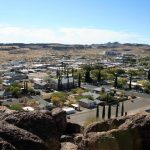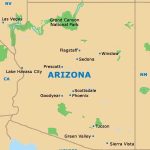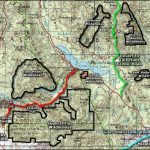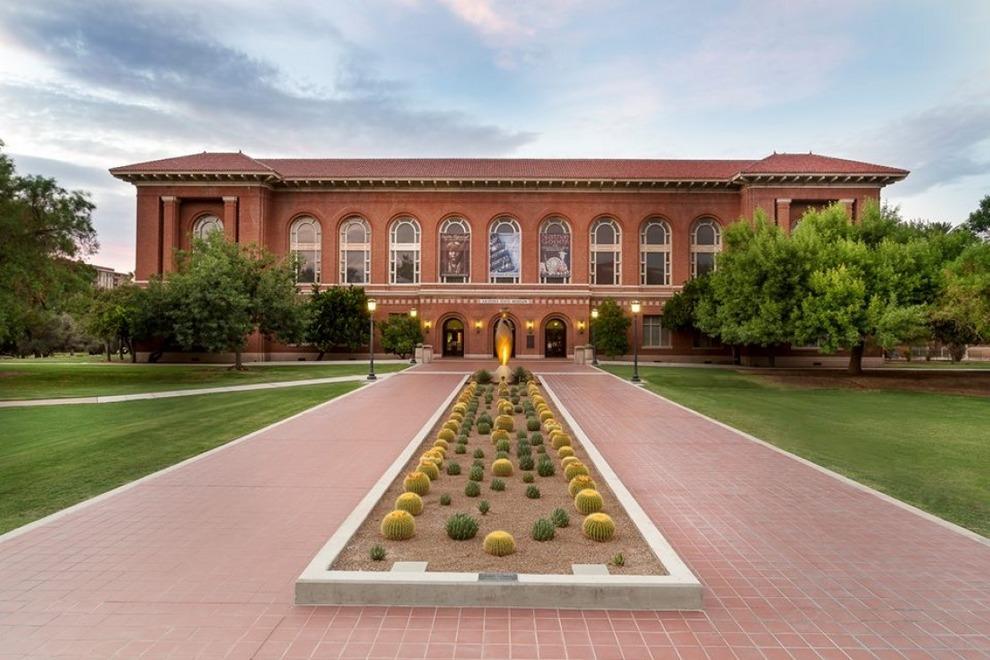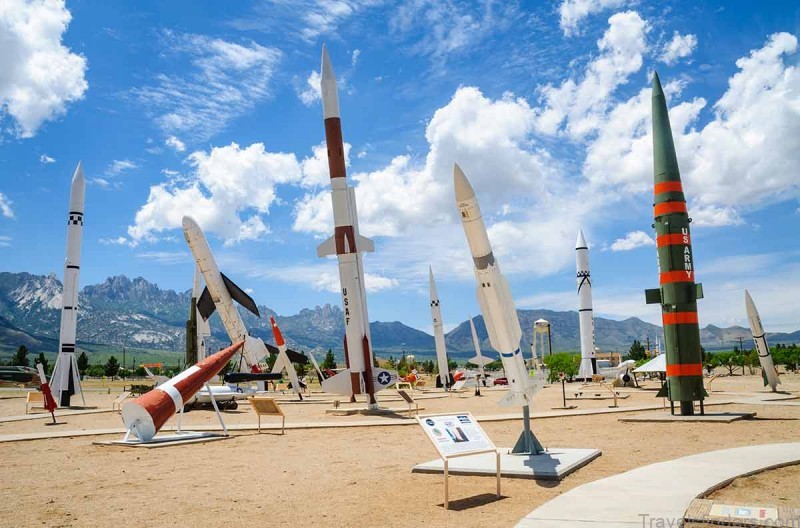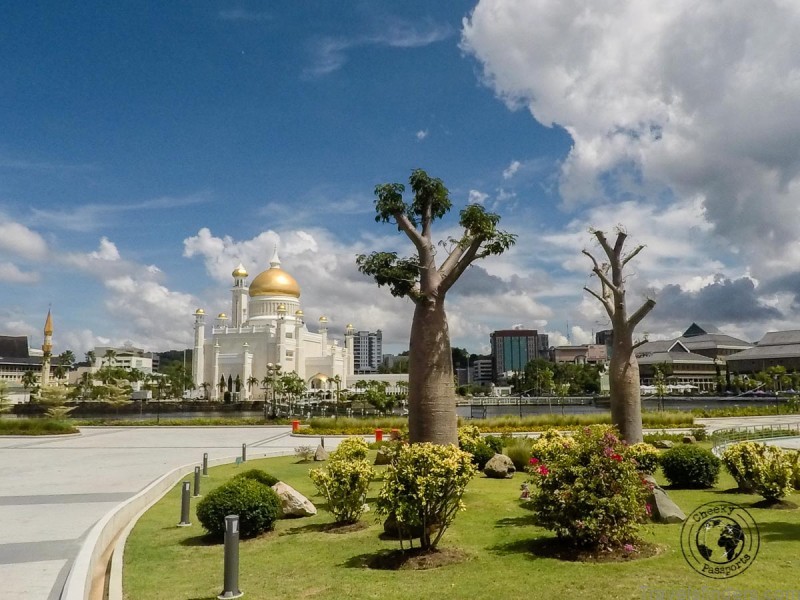Arizona’s Latina and Latino population is predominantly Mexicanmainly from the states of Chihuahua and Sonorawhich has had a significant impact on the culture, social life, and political economy of ethnic Mexican communities in the state. Only during the late twentieth century did migrants from Central and South America arrive in Arizona in large numbers, seeking sanctuary from wars in their home countries and providing labor to support Arizona’s economic and demographic boom.
Arizona north of the Gila River became part of the United States following the 1848 Treaty of Guadalupe Hidalgo, which also formally ended the Mexican-American War. The area south of the Gila, which at the time included the only towns in Arizona with settled Mexican populationssuch as Tucson, Tubac, and Tumacacoriremained part of Mexico until 1854. In that year, the United States purchased for $10 million an additional 29,000 square miles of Mexican land in a treaty known in the United States as the Gadsden Purchase and in Mexico as El Tratado de la Mesilla. In 1856, Mexican soldiers finally vacated the Tucson Presidio, the last city in the United States with a Mexican military
presence. Arizona became a territory of the United States in 1863, and then a state in 1912.
The Spanish Colonial and Mexican Periods
Arizona’s Latino history dates back at least to the sixteenth century, when Franciscan friar Marcos de Niza entered southeastern Arizona in 1539 to explore what was then an uncharted corner of northwestern New Spain. From a distance, de Niza saw the Zuni pueblo of Cibolamythically described as a city of gold and later he wrote that it was larger than Mexico City. These descriptions led Francisco Vazquez de Coronado to retrace de Niza’s footsteps in 1540, searching in vain for the sight that had impressed his predecessor. Coronado and his followers, including hundreds of Native Americans, became the first to systematically explore the Arizona territory. As part of the Coronado expedition, Garcia Lopez de Cardenas became the first European to see the Grand Canyon, and Hernando de Alarcon the first to navigate the lower Colorado River. Though other Spaniards entered Arizona over the next two centuries, none settled permanently there until the 1700s.
By the time of the Mexican independence in 1821, Spaniards and native groups (including Tohono O’odham, Apaches, and Pimas) had already established many of the religious, military, farming, and ranching communities that shaped Arizona’s history into the twentieth century. Jesuit missionary Eusebio Francisco Kino had traveled throughout northern Sonora and southern Arizona to set up the first missions; these became one method used by the Spanish empire not only to convert Native American souls but also to acclimate Native Americans to village life and teach them European stock-raising and farming techniques. Kino established San Xavier del Bac near Tucson in 1687 and Guevavi near Tumacacori in 1701, though both missions were abandoned and then reestablished in 1732, after Kino had already died. The establishment of these missions, along with the 1736 silver strike at Arizonac, a few miles south of Nogales, spurred the first wave of non-Native American settlement in Arizona. Kino introduced various grains, vegetables, fruit trees, and herds of livestock to the state; yet, many perceived him and later Spanish missionaries as unwelcome colonizers. The Pima Revolt of 1751during which Pima Indians, led by Luis Oacpicagigua, killed more than a dozen men, women, and childrenwas an early example of Native American resistance against Spanish settlement in Arizona. Pima Indians briefly regained control of Tubac as the surviving non-Native Americans fled, but the Spanish Crown reasserted its authority the following year by establishing Arizona’s first presidio, or military garrison, at Tubac in 1752. In 1775 a second presidio was established in Tucson.
The pattern of colonial settlementcooperation and conflict with the Native Americansand military response recurred throughout the Spanish, Mexican, and early United States periods. Spanish colonists developed several methods of negotiating contact with Apaches, such as forming alliances with Tohono O’odham and Pima Indians; developing a rationing system that rendered Apaches militarily and economically dependent; and setting up establecimientos de paz, or peace camps, near military garrisons in order to incorporate Native Americans within village boundaries.

